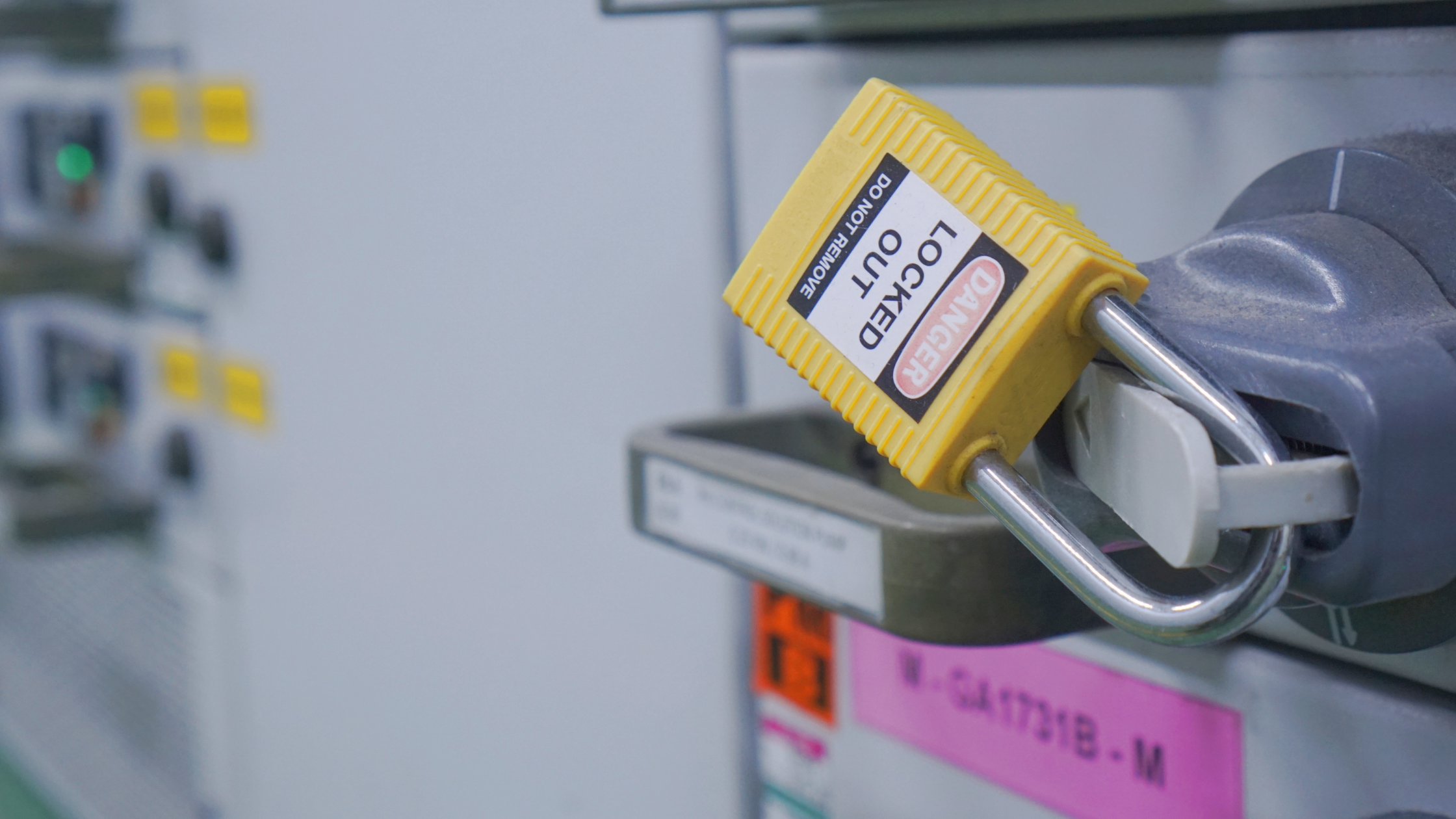Whenever heavy machinery or dangerous equipment is present in the workplace, lockout/tagout procedures are an important part of employee safety.
If maintenance needs to be performed on this equipment, the lockout/tagout procedures need to follow perfectly. While OSHA has a lot to say about this topic, there is no specific OSHA lockout/tagout checklist. It’s up to individual companies to come up with their own system performing lockout/tagout procedures to make sure they are done properly every time. That’s why we wanted to put together a checklist that any business can use as a guide for proper lackout/tagout procedures.
Preparation
Obviously, a fair amount of preparation needs to go into a lockout/tagout operation. There should be one point person who is in charge of everything from start to finish. This employee should have all the proper steps planned out and know the process backward and forward. Staying organized and planning ahead is the best way to ensure a proper lockout/tagout procedure.
Notify Employees
Performing a lockout/tagout isn’t something that should happen in the dark. Every employee who works with the equipment being shut down for maintenance should be notified of what’s going to happen and when it’s going to happen. Equally important, they should all be well-trained in the role they have to play in a lockout/tagout operation.
Turn Off Equipment
Once all of the employees have been notified and everyone is on the same page, the equipment in need of maintenance can be turned off. There could be several steps to this depending on the machinery in question. Again, this is why the point person needs to plan this out ahead of time because there could be different instructions and procedures for how to turn off certain machines.
Isolate Equipment from Energy Sources
Even after the machine is turned off, it must still be isolated from its energy source. The exact method of doing this can depend on the machine and its energy source. But it’s critical to isolate the equipment from its normal energy source.
Release Residual Energy
After the energy source has been isolated from the equipment, there could still be a safety concern during the maintenance procedures. Any excess or residual energy still needs to be drained from the machinery once work can begin. Depending on the piece of machinery, there should be a process for releasing any remaining energy.
Verify Isolation
Last but not least, there needs to be a way to verify that the piece of equipment has been properly isolated and all residual energy has been released. This is perhaps the most critical part of the process because it’ll confirm that all of the other lockout/tagout procedures worked. Prioritizing safety means double-checking everything and making sure that there is no lingering safety threat. It’s only after verifying that the machine is completely isolated from its energy will it be safe to proceed with the maintenance or repairs that are needed.
Put the Right System in Place
As mentioned, an important part of lockout/tagout procedures is being organized and prepared. This philosophy can easily be applied to all elements of workplace health and safety. This is why it’s critical to have workplace safety software in place. For instance, the system offered by EHS Insight can help you stay ahead of all potential safety issues and help you keep track of all safety-related tasks. Our software is designed to be all-encompassing so that no aspect of workplace health and safety is overlooked. In fact, our software is the best to ensure a safe workplace. If you want to take the next step in creating a safe work environment, contact us anytime and we can talk more about how our software can help.
